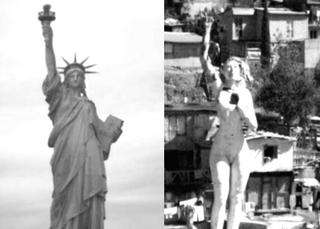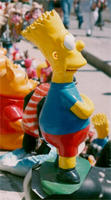ARTICULO XVII-3 DIMENSIONES MINIMAS
La Dimensión mínima de pieza habitable será de 2.70 centímetros y su altura será cuando menos de dos metros treinta centímetros.
LEGISLACION DEL ESTADO DE BAJA CALIFORNIA
REGLAMENTO DE EDIFICACIONES DEL ESTADO DE BAJA CALIFORNIA
Publicada en el Periódico Oficial No. 16, de Fecha 10 de Junio de 1976, Tomo LXXXIII
Sección Ira.
2.70 x 2.70
In architecture, there exists an ontological difference in the interpretation of graphics. We can “read” them in dialectical terms as drawings or as diagrams of conceptual relationships and meanings, which constitutes them. 2.70 x 2.70* proposes to reverse this set of conditions from a spatial geometry to a space of memory. Gaston Bachelard explains that the house is experienced in its reality as well as in its virtuality, by means of memory and dreams. For each individual the house is a voyage of experiential history and desires. We amass our experiences in spaces and take them with us as we move along from place to place. The house is not only lived physically, but also in our imagination. Since childhood, our house is where we learn to daydream. Our house is our universe.
Space is social and political; it has always been embedded with an idyllic desire. Drawing has been the mechanism that drives the text and geometry constructs the allegory. Any spatial practice, geographic or ethnographic, constructs our meaning of social life .When geometry becomes the diagram of our lived experiences, we live our drawings. It is this dualism in the production of space, our house/home, drawing/diagram, that constitutes our reality as architects.
2.70 x 2.70 is more than a description or dimension of space, it asks the viewer to suspend observation and read into the quadrangle his/her individual memories of home, of the corners, cracks, odors and other objects that now inhabit his/her memory and intimacy. If what we see is in this work is a house, an exercise in spatial efficiency and economy, does it have the adequate space for imagination and memory, our simply to just daydream. If each room of our house is a space of experience, as horizontal vessel of memory or a vertical assurance of shelter a” roof over our heads”, perhaps these four walls represses and neglect our intimacy and instead of producing memory they threaten our ability to dwell into our personal universe.
R. Peralta
* 2.7×2.7 is a multimedia installation by Monica Arreola based on the minimum dimensions (by Tijuana building code) for rooms in residences built by developers. Sometimes only one room meets the size regulation performimg different functions such as kitchen, living room, dining room, etc. The installation will be presented in Monterrey in November 2005.








